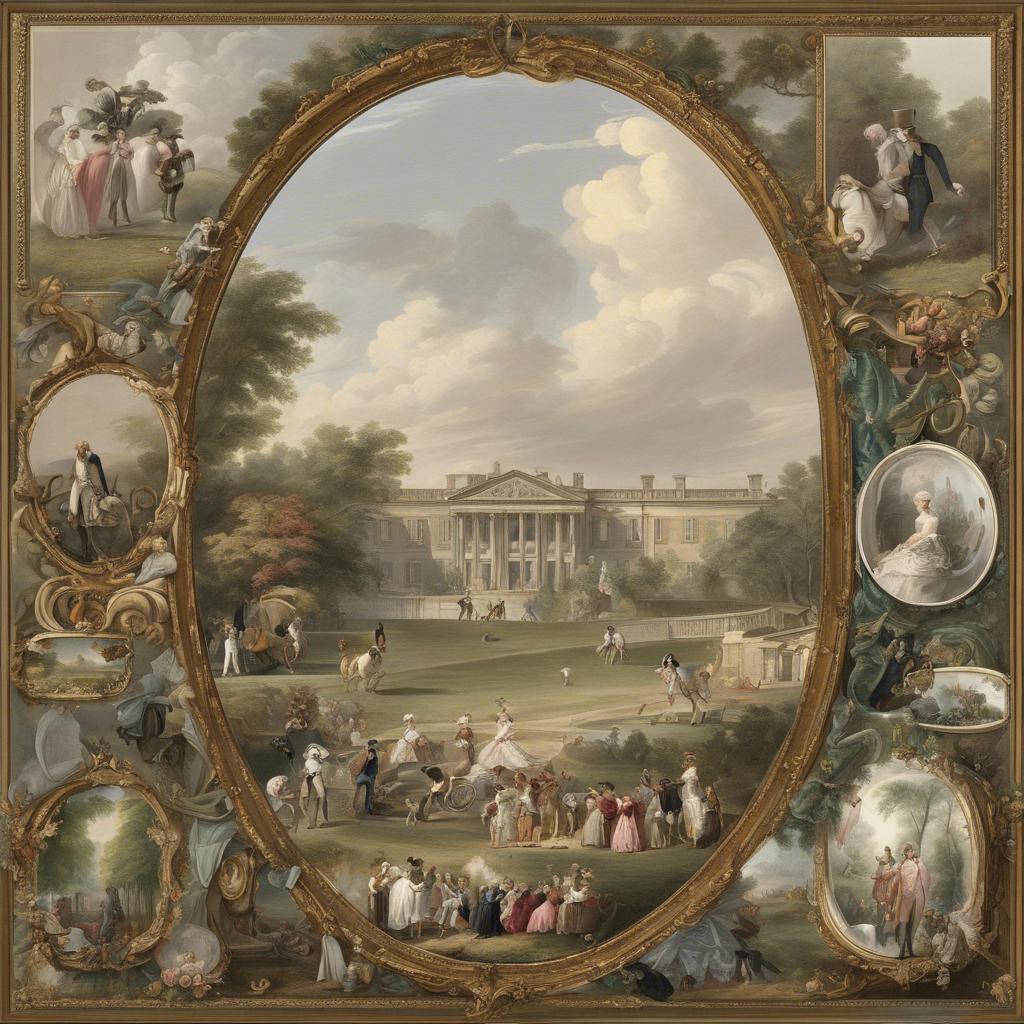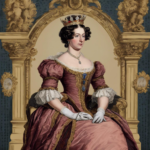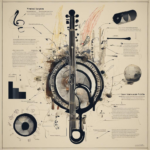The Regency Era, a defining period in British history, holds a significant place in the annals of the past. Characterized by the influence of the Prince Regent, later King George IV, this regency era last”>era spanned a precise timeframe that continues to fascinate historians and enthusiasts alike. In this article, we delve into the question: What year exactly was the Regency Era? Join us as we explore the historical intricacies of this pivotal period.
Step Into the World of Cheryl Bolen
Dive into the enchanting stories of love, intrigue, and elegance set in the Regency Era. Cheryl Bolen's novels offer timeless romance and captivating tales that will leave you wanting more.
Explore Cheryl Bolen's Books Now
Introduction
The Regency Era refers to a period in British history that lasted from 1811 to 1820. This period began when King George III was deemed unfit to rule due to his mental illness, and his son, Prince George, was appointed as Prince Regent to rule in his place. The Regency Era is known for its distinctive style, fashion, and architecture, characterized by elegance and refinement.
During the Regency Era, society in England underwent significant changes. The era saw the rise of the Romantic movement in literature and the arts, with renowned writers such as Jane Austen and Lord Byron making their mark. Social customs and manners also evolved during this time, with an emphasis on politeness, decorum, and etiquette.
One of the most famous figures of the Regency Era is the Prince Regent himself, who later became King George IV. Known for his extravagant lifestyle and lavish parties, King George IV left a lasting impact on the arts and culture of the time. The Regency Era is a fascinating period in British history, marked by a unique blend of tradition and innovation that continues to captivate historians and enthusiasts alike.
Defining the Regency Era: Political and Social Context
In the early 19th century, the Regency Era in England was a time of significant political and social change. This period, which lasted from 1811 to 1820, was characterized by the absence of King George III due to his illness, leading to the Prince of Wales ruling as Prince Regent. The Regency Era was a time of both turmoil and transformation, with key events shaping the political and social landscape of the time.
Politically, the Regency Era was marked by the Napoleonic Wars, a series of conflicts between France and its European allies, including England. These wars had a profound impact on England, affecting everything from trade to domestic policies. Socially, the Regency Era was a time of great cultural change, with the rise of Romanticism and the emergence of new social classes.
the Regency Era was a complex and dynamic period in English history, with its own unique set of challenges and opportunities. As we explore the political and social context of this era, we gain a deeper understanding of the forces at play during this transformative time in England.
Cultural Impact and Fashion Trends in the Regency Era
The Regency Era, also known as the Georgian era, spanned from 1811 to 1820 in British history. This period was named after the Prince Regent, who ruled in place of his mentally unfit father, King George III.
During the Regency Era, the cultural impact and fashion trends were heavily influenced by the Romantic movement. This led to a shift in artistic expression, with an emphasis on nature, emotion, and individualism. In fashion, this translated to flowing lines, soft fabrics, and delicate embellishments.
One of the most iconic fashion trends of the Regency Era was the high-waisted empire silhouette, popularized by the famous designer, Beau Brummell. Women’s attire featured simple yet elegant empire dresses made of lightweight muslin or silk, paired with shawls and bonnets. Men’s fashion also underwent a transformation, with tailored suits, cravats, and top hats becoming the norm for the dandy gentlemen of the time.
Recommended Literature and Films Set in the Regency Era
The Regency Era refers to a period in British history that lasted from 1811 to 1820. This era was named after the Prince Regent, who ruled as George IV during this time due to his father’s, King George III, incapacitation. The Regency Era is known for its elegance, refined manners, and lavish social events, making it a popular setting for literature and films.
When it comes to literature set in the Regency Era, Jane Austen’s works are among the most famous. Novels like “Pride and Prejudice,” “Sense and Sensibility,” and “Emma” capture the society and social norms of the time. Other notable authors who have written about this period include Georgette Heyer, whose historical romances bring the Regency Era to life.
For those who prefer films, there are many adaptations of Regency Era stories that are worth watching. From BBC’s rendition of Jane Austen’s novels to films like “Becoming Jane” and “The Duchess,” there are plenty of options to immerse yourself in the romance and drama of this fascinating period in history.
Key Takeaways
the Regency Era spanned from 1811 to 1820, marking a significant period in British history characterized by cultural, political, and societal changes. The reign of King George III and the subsequent regency of his son, the Prince of Wales, left a lasting impact on the nation and set the stage for the Victorian era to come. Delving into the details of this time period allows us to better understand the forces at play and the people who shaped the world we live in today. As we continue to study and reflect on the Regency Era, we gain valuable insights into the complexities of history and the enduring legacy of this transformative period.


